Wireless Headphones

How wireless technologies influenced the headphone design evolution.
The two essential parts of any audio system are the source and the receiver. This might seem like a trivial fact but considering the evolution from analogue radio tuners to modern day streaming services and multi-room Wi-Fi speakers, it is noteworthy that this is one of the few constants of every audio setup.
Whereas the only function of speakers is to sit in the shelf and emit sound, headphones have many other requirements such as comfort, style and noise reduction. This lead to the evolution of a multitude of headphone styles which has become even more diverse since headphones have entered the wireless age. Let’s take a look back at the evolution of headphone design and discuss why cables might not be so bad after all.
Since the headphones were invented in 1910 by Nathaniel Baldwin, mainly military usage, they have evolved a lot and now exist in all sizes and shapes. However the different shapes of headphones do not only relate to personal preference but they can also affect their features and functionality. Let’s first have a look the basic design of a headphone and its components before discussing the different headphone designs that followed.

Over-ear/circumaural headphones are the physically largest option which covers the entire ear, the ear cups push against the head instead of putting pressure on the ears. They provide a sealed environment around the ears and thus offer good noise isolation. Due to their larger volume they are mostly used in recording studio, by DJs and for high-fidelity home audio consumption.
On-ear/supra-aural headphones have smaller ear-cups which rest on the ears. They offer a compromise between size and audio quality. They were for instance shipped with the original Sony Walkman in 1979. Their design makes it easy to fit the electrical components inside while they are still light enough to be carried around. As these ear-cups are still quite large, they required a headband to be held in place in top of the ears. The headband also made this design sustainable as a headset to hold the added weight of the microphone mouthpiece. One trivial feature of headbands is that they contain the wiring to provide synchronous sounds for the left and right ear, thus only requiring a single cable for stereo sound.
As technology became more advanced and components smaller, earphones became popular with their most famous inception probably being the white Apple earbuds which were introduced alongside the fist iPod in 2001. This smaller and easy to carry around also coincides with the age where many people start carrying mp3 players in their pockets which are much smaller than the portable Cassette or CD players before them. As earphones have 2 independent pieces for the lest and right ear they require 2 separate cables to run to both sides of the user’s head.
Another important evolution are the in-ear headphones/monitors which provide good noise isolation while still being very small. Additionally the replaceable silicone tips come in different sizes such that a more personalized fit can be achieved. Furthermore there have been many advancements sports headphones making them more sweat resistant and making them less fallout prone due to winged ear tips or ear hooks.
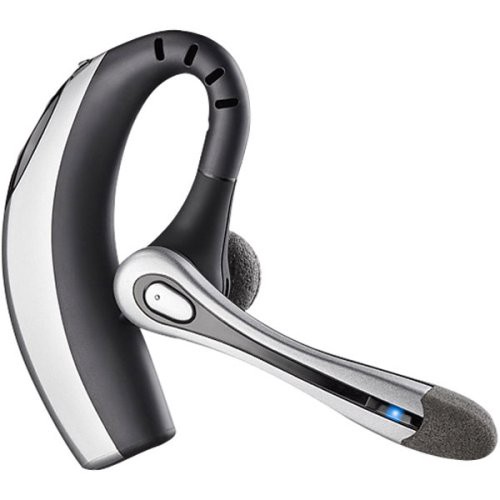
Nowadays most people are listening to music on their smartphones which are packed with wireless technologies such as Bluetooth, NFC and Wi-Fi which prepared the terrain for better wireless headphones. Due to the limited throughput and quality of initial Bluetooth protocols and implementations the first Bluetooth earphones were single earpiece Bluetooth headsets, mainly used while driving or having the hands busy otherwise. With the addition of aptX to the Bluetooth protocol, wireless headphone can now provide lag-free (almost) and lossless audio quality!
A common drawback of Bluetooth headphones is that they need to be charged often as wireless communication is quite power hungry. One under-appreciated feature of wired headphones is that they can be used uninterruptedly as their cable does not only transmits the audio signal, but also delivers power to the small drivers. Once you ‘cut the cord’ you also have to find a new way to power the headphones which can only be achieved by including batteries. The first wireless headphones used the headband design in order to hide the batteries inside the ear-cups where the additional weight could barely be felt by the user. Luckily and due to the fast innovation in mobile devices, rechargeable batteries have also become significantly better over the past year storing more capacity in a smaller volume.
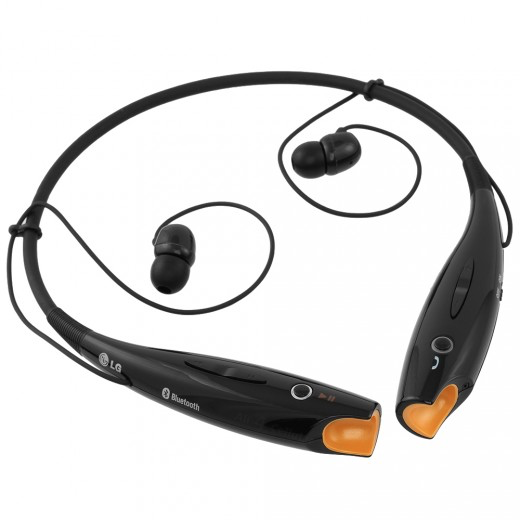
Early implementation of wireless earphones such as the LG Tone had a neckband which contained the bluetooth antennas as well as the required batteries.
The industry is moving away from wired headphones since the removal of the headphone jack on the iPhone 7 and there have been more options of wireless earphones since.
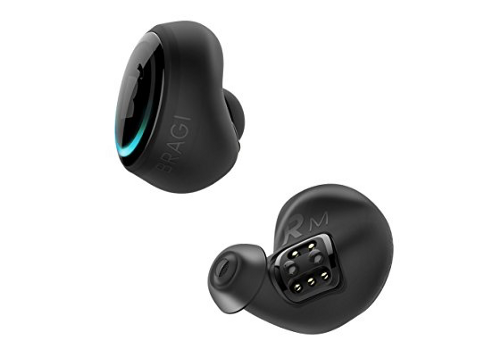
The Bragi Dash were the first fully wireless earphones when they got introduced on Kickstarter now their most popular incarnation are the Apple AirPods. Those “truly wireless” headphones are packed with technology; both ear pieces need their own battery, one needs the bluetooth chip to receive the music from your phone and they both need another wireless communication channel to transmit the music from one earbud to the other.
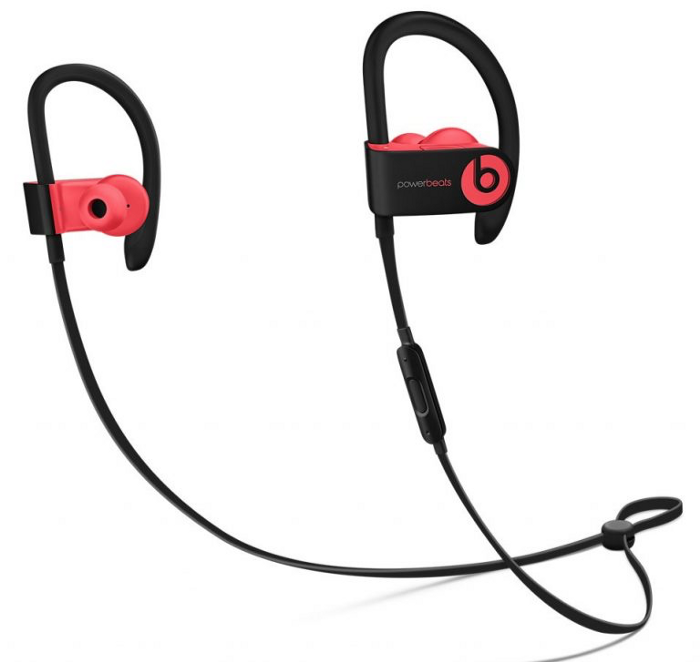
Even though fully wireless earphones seem like a great technological achievement, there are still use-cases for cables as well. That’s why personally I prefer necklace headphones which have a single cable connecting both earbuds together. As the name indicates, when the earphones are not in use, they can be worn as a necklace and thus it’s not a problem when one falls out nor is there the need to store them right away after listening. Some of them even have magnets on the earbuds such that they can detect automatically when not in use so they can go into low-power mode. Furthermore does this design make it impossible to lose a single earbud. Another advantage of the single cable is that it can be used to add additional batteries without adding weight to the earbuds themselves. The cable can also include in-line media controls and the microphone can be located closer to your mouth.
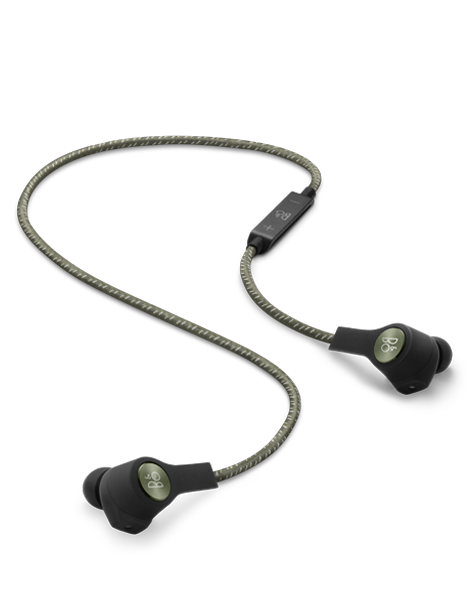
For applications that require more power, such as noise cancellation, we will have to further rely on wired lightning or USB-C headphones which have the advantage of never running out of battery. But overall in my opinion it’s good to move away from the 3.5 mm jack and embrace the wireless future.
Thanks for reading!
Please leave a comment and tell me what you think about wireless headphones.
Links:
- Headphone Buying Guide - Best Buy
- infographic The History of Headphones
- history of headphones PulseAudio
- The History of Headphones
- headphone.com Glossary
- Headphone Terminology
list of modern wireless headphones:
- Fully wireless headphones
- AirPods
- Jabra Elite Sport
- Samsung Gear IconX
- Earin
- Doppler Labs Here One
- Bragi Dash
- Motorola VerveOnes
- Kanoa
- Necklace-style headphones
- Beoplay H5
- PowerBeats 2
- BeatsX
- JayBird X2/X3/F5/Freedom
- Insignia
- Bose SoundSport
- JBL Reflect/Everest
- Jabra Sport Pace
- Jabra Pulse
- Motorola VerveLoop+
- Neckband-style headphones
- LG Tone Pro/Ultra/Active (LG Tone bestselling)
- Bose QuietControl 30
- Skullcandy smokin’ Buds 2 / Ink’d Wireless
- Jabra Halo Smart
- Samsung Level U (Pro)
- Sol Republic Shadow
- Plantronics BackBeat Fit